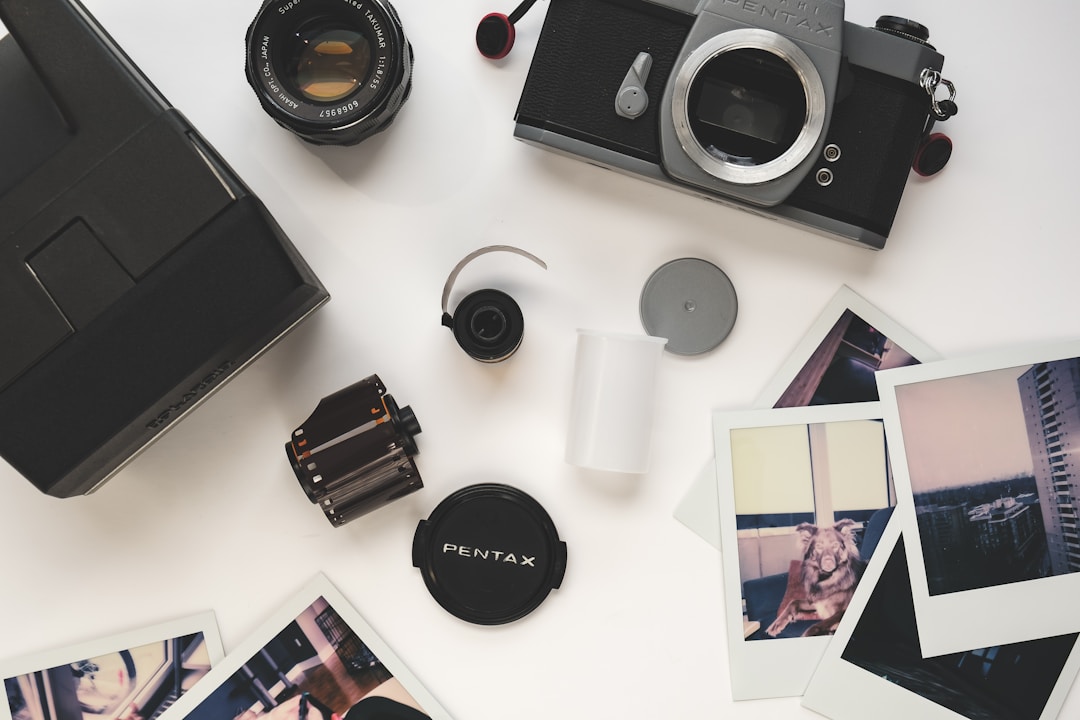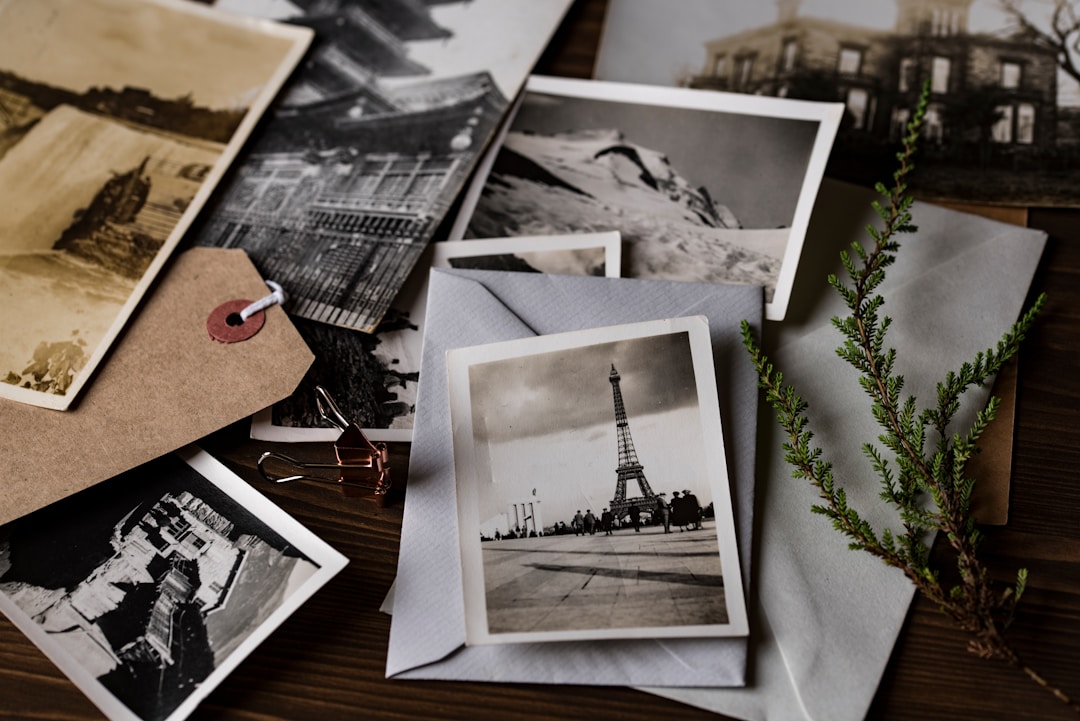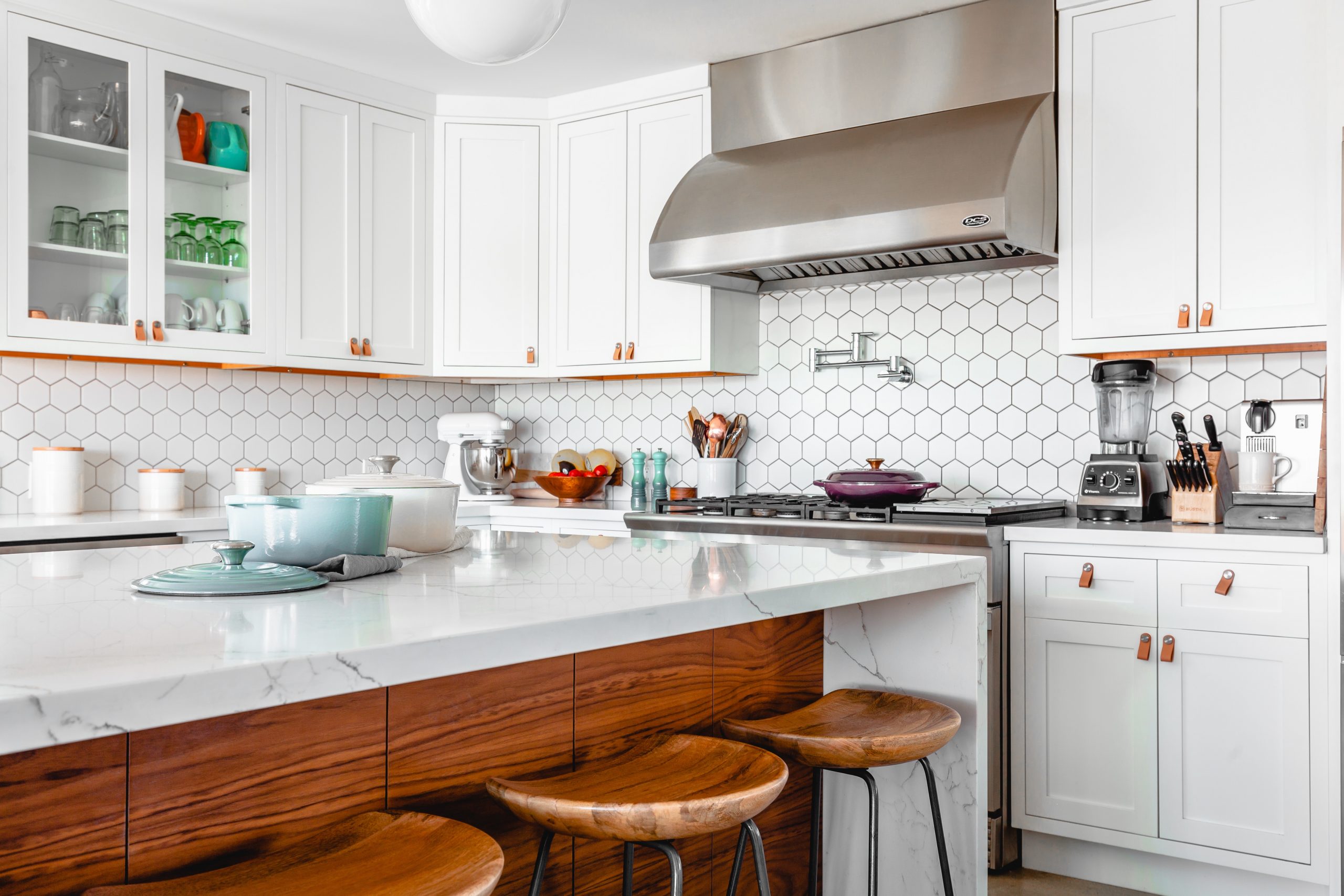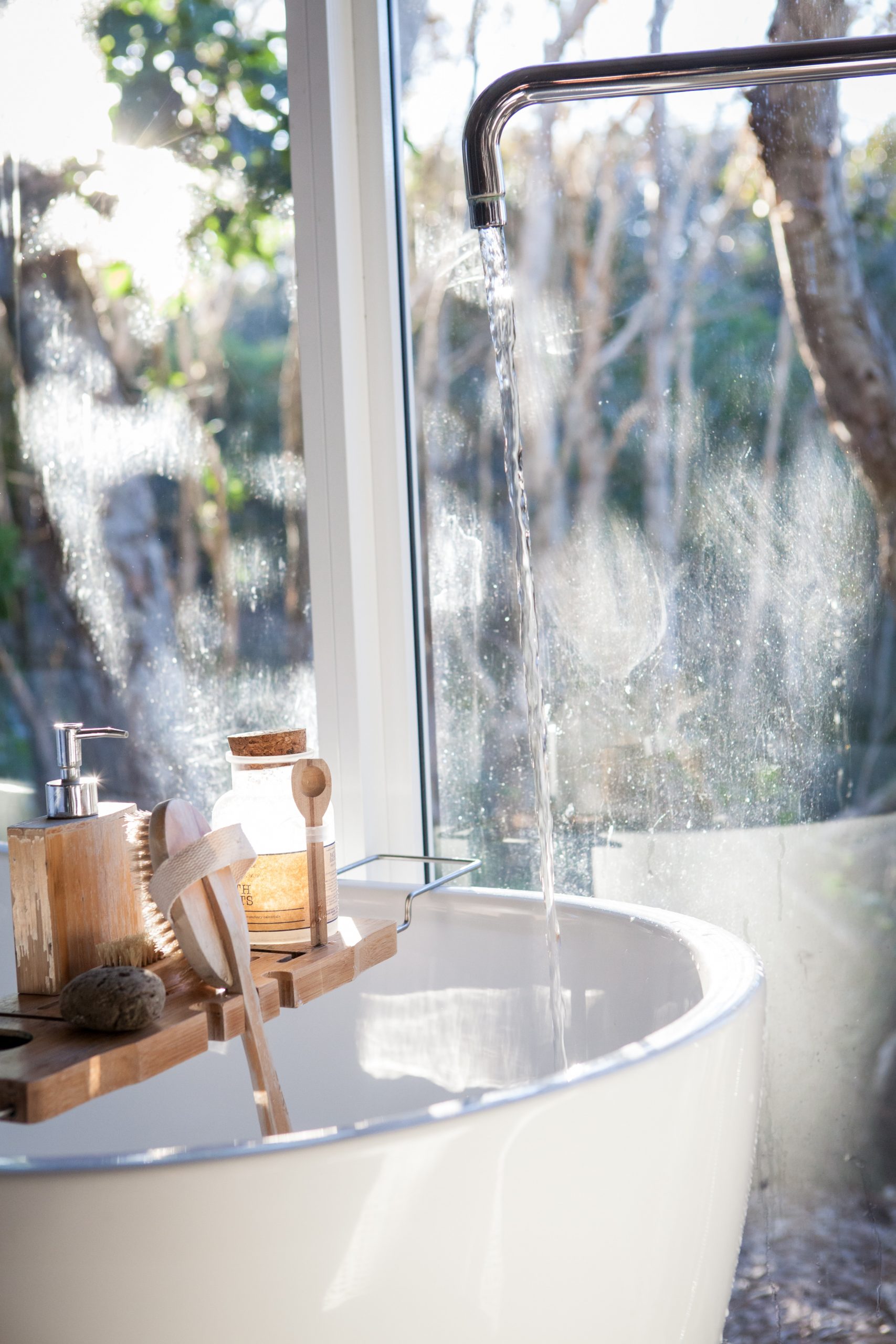Digital photos are fun to edit, easy to share, and accessible across many platforms. The problem with digital photos is keeping them secure and safe from accidental deletion or hard drive failure. Depending on how serious of a photographer you are, it’s recommended to use several backup methods to keep your digital photos secure.
1. Automatic Backups and Unlimited Storage

A great way to back up the photos hiding on your mobile device is to use a cloud-based service such as iCloud or Google Drive. These cloud services feature automatic backups, a generous amount of free storage space, and unlimited storage for a monthly fee. Your computer can crash at any time, or your phone can end up in the toilet without warning. Rather than risking losing all your memories, it’s a good idea to always have them backed up.
Another great way to store photos is with an at-home picture storage device that automatically backs up photos from your mobile device, social media, and cloud storage accounts via a mobile app. Meet IBI comes with 1 terabyte of storage space for 200,000 photos and 100 hours of videos. You can keep your photos organized in sharable folders and albums and share them with family members using a customized link.
2. Digitize Prints, Slides, and Negatives

Your personal library likely contains digital photos, prints, photo albums, slides, and negatives. The best way to preserve original photos is to digitize or scan them. You can utilize mail-in scanning services that create digital versions of physical prints, or use a mobile app to create a digital scan. You can then safely store the digital copies on your PC, mobile device, or external hard drive.
3. Everything in One Place

Instead of leaving your photos scattered across laptops, mobile devices, SD cards, and external hard drives, using one device can keep everything in one place. The best way to migrate your photo library onto a single device is to organize your photos into folders for easy access. Once everything is backed up to a digital photo storage device, you can organize them how you wish.
If you’re trying to sell your home, the best way is to throw an open house that attracts potential buyers. Whether you’re working with a real estate agent or selling your home on your own, Remixtures offers tips for throwing a successful open house. Advertise your home on an online real estate listing service and include high-quality photos that accentuate your home’s selling features.
Prepare your home for an open house by eliminating clutter, keeping it clean, and making any necessary repairs. Create a property description sheet that tells homebuyers about the features and value of the home, including any modifications. Set a comfortable and inviting mood, and on the day of the open house, be friendly and informative.
4. Give Your Photos Context

A single device for your photos allows you to give them context. You can sort photos into folders and label them by date and occasion and organize your favorite or most used photos into their own folder for easy access. Add context to your photos by writing captions or fun facts about your shots. A great example of giving photos context is keeping photo documentation of the condition of a new home you want to purchase.
Most homebuyers need to take out a mortgage to make a home purchase. Some certain terms and conditions can affect borrower qualification for a home loan, and it’s important to understand how financing a home with structural issues works. Yemen Sound offers home buyers useful tips when negotiating loans for problematic homes.
Before signing any purchase paperwork, homebuyers should have a home inspection to assess the condition of the property. A home that needs a lot of work will require an estimate of repair costs, and depending on the severity of structural issues, your real estate broker could negotiate the asking price. Use a home comparison tool to determine the type of loan you qualify for, and use the down payment, sales price, and interest rate to calculate your monthly payments. Keeping photo documentation of your home’s condition is a good idea for insurance claims, financing needs, and future selling plans.
Keeping your digital photos organized in a photo storage device is a great way to keep them secure, give them context, and keep them easily accessible.









